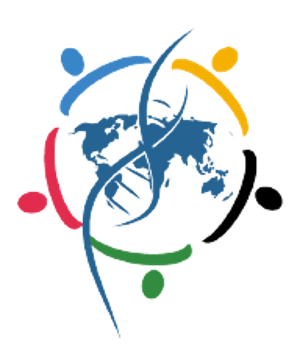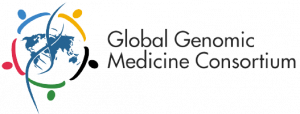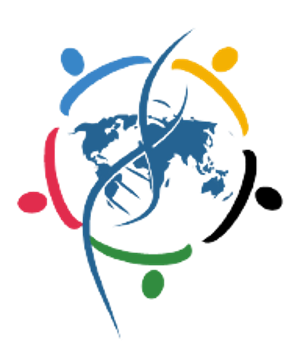Family Health History
Future Direction
G2MC’s Family Health History (FHH) Flagship Project aims to integrate family health history into clinical practice in all parts of the world. Learn how FHH members are working together to meet this challenge.
Integrating Family Health History Into Clinical Practice
During the G2MC 7th International Conference, held in October 2023 in Geneva, Switzerland, the Family Health History (FHH) Flagship Project group established a plan of action for implementing family health history into clinical practice worldwide.
Family health history is an effective and inexpensive method by which healthcare providers can assess an individual’s overall health and risk factors for disease. This is especially important in Low and Middle-Income Countries (LMICs) where resources are limited and preventative measures and accurate diagnoses can significantly improve an individual’s life. However, there is a lack of “universal” tools and resources for implementing this method, and practices currently vary significantly from country to country.
G2MC’s FHH Flagship Project Members have, together, established the following plan for tackling existing challenges and creating tools and standards that can be adapted globally.
Step 1. Perform an FHH needs assessment survey among clinical colleagues
- Determine the interests and needs of clinical providers across the world by customizing (as needed) an existing survey created by a member of the FHH group.
- The survey will ask specifically about hemoglobinopathy (Hb), but also note other familial disorders of interest.
Step 2. Determine the desired data elements to be collected
- Document the desired FHH data elements to be collected, based on local needs.
- Plan in advance how the data will be used (research, clinical assessment, patient knowledge, etc.)
Step 3. Identify FHH datasets that are currently available
- Determine what datasets are available and accessible.
- Examine the datasets for quality, gaps, and limitations.
- Create partnership agreements with dataset owners.
- Verify if the datasets can be combined with any new data that will be generated.
- Confirm the tools needed to query the datasets.
Step 4. Identify current methods of collecting FHH data, and assess current capabilities to collect this data
- Identify the current availability of FHH data collection tools.
- Assess the tool’s capabilities and limitations.
- Assess current clinical knowledge to use these tools.
- Assess the current technical knowledge to support the tools.
- Identify any language barriers.
Step 5. Validating family history questionnaire for hemoglobinopathy (Hb) identification and prevention
- Read a study drafted by a member of the FHH group and make comments.
- Members will determine which study aims they want to contribute to.
- Participate in the validation of the Dutch-Australian family history questionnaire.
Step 6. Determine what new data collection tools are desired and offer the most clinical value
- If the current FHH data collection tool is insufficient, create a requirements document for the desired tool.
- Follow the process of a “build” versus “buy” decision.
- Include the requirements of data storage, data sharing, and clinical analysis and use.
- If an existing tool is considered, perform a FHH Quick App Review as described in a provided publication.
Step 7. Education and training on FHH collection and clinical use
- Develop educational materials to train both clinical personnel and patients to collect FHH information and understand its risk assessment and health benefits.
- Promote training opportunities around the use of these tools.
- Create goals for workforce development.
Step 8. Develop a plan for FHH-informed genetic testing
- Develop policy and protocols for the clinical guidance of genetic testing utilizing FHH assessment results.
- Develop policy and protocols for cascade and family-based genetic testing.
- Develop skills in test interpretation.
Step 9. Develop, use, and promote online G2MC Resource Center artifacts for FHH
- Enter FHH use cases (both realized and desired) in Resource Center database.
- Contribute to gathering FHH risk algorithms.
- Determine what forms of artifacts should be collected in the RC that provide guidance on clinical implementation and proper usage of FHH in patient risk assessment, diagnosis, and treatment plan.
Step 10. Share experiences, disseminate results, publish, etc.
- Create a plan to disseminate knowledge gained from this project, including publishing the structure and benefits of this project.
- Publish the results of the study drafted by FHH member.
- Share results with outside groups such as WHO, regional policy groups, GA4GH, research activities, and commercial vendors to influence new products.
Step 11. Create plans describing local funding needs
- Write short funding documents (1-3 pages) that are available for when funding opportunities arise.
- Create a funding request document template to include in the online G2MC Resource Center.
Get Involved
Interested in partnering with the Family Health History team? Use the contact form below to get in touch.






